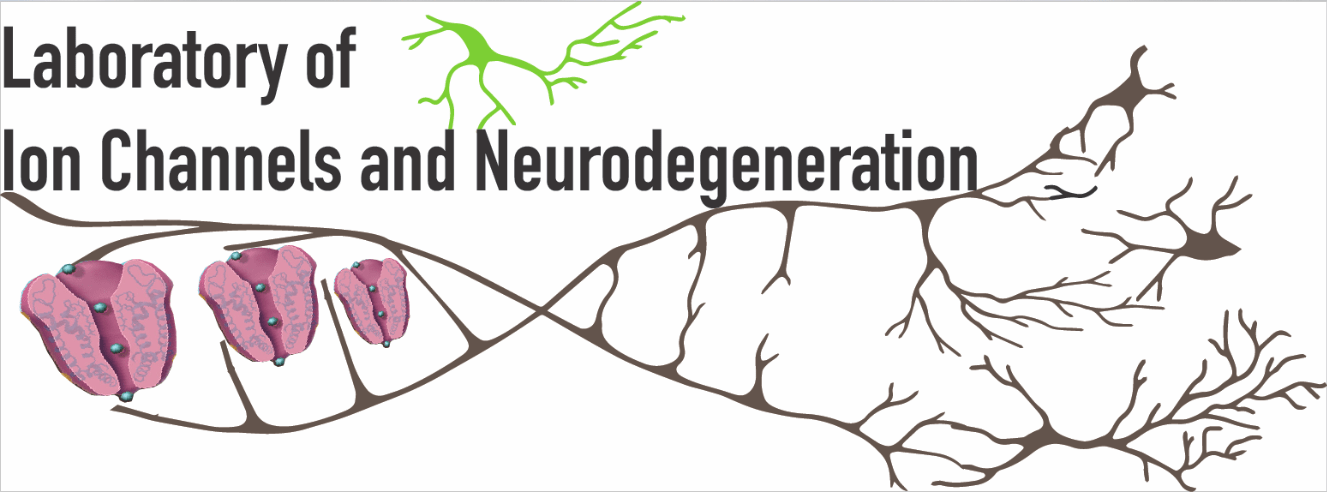Spinocerebellar ataxia type 6 (SCA6) is a dominantly inherited neurodegenerative disease characterized by progressive Purkinje cell loss, due to CAG repeat expansions in the gene, CACNA1A. Learn more about what our team is doing to better understand SCA6:
Novel Transcription Factor Orchestrates Early Cerebellar Development
We expanded on our previous report regarding the production of a cerebellar transcription factor, α1ACT. In our most recent study, we identified the genomic targets of in pheochromocytoma cells (PC12) and then confirmed their presence in the cerebellum of a mouse model for ataxia and human cerebellar tissue. In addition, we found that the expression of α1ACT was critically necessary within neonatal window for the development of the cerebellum. Our knowledge of the importance of α1ACT in the cerebellum and its unique temporal fingerprint will allow us to better understand ataxias, such as spinocerebellar ataxia type 6, and develop therapeutic strategies.
Spinocerebellar Ataxia 6 is Mediated by a Novel Transcription Factor
Recently, we reported that a 75 kDa C-terminal “fragment” of α1A (α1ACT) containing the polyQ tract forms a stable polypeptide, enriched in nuclear fractions in the cerebellum, that acts as a transcription factor for neuronally expressed genes. α1ACT enhances the expression of at least 3 genes, GRN, PMCA2, and BTG1, in pheochromocytoma cells (PC12) and cerebellar tissue, potentiates NGF-mediated neurite outgrowth in PC12 cells, and partially rescues the ataxic phenotype of CACNA1A knockout mice. However, α1ACT with expanded polyQ (α1ACT-SCA6) lacks normal α1ACT function in gene expression and is pathogenic in vitro and in vivo. Nevertheless, it is still not clear whether the cell death induced by α1ACTSCA6 results from loss of normal α1ACT function or gain of abnormal function, such as aberrant gene activation or DNA damage.
CACNA1A and bicistronic translation
CACNA1A appears to mediate the production of two distinct protein products: α1A, a voltage-gated calcium channel, and α1ACT, a novel transcription factor, that mediates the development of SCA6 when its polyQ tract is expanded. The mechanism by which one gene can produce two proteins products is through the presence of an internal ribosome entry site (IRES) within the coding region of CACNA1A. The exact mechanism of translation, associated RNA binding factors, and cap-dependence are current topics of interest.


